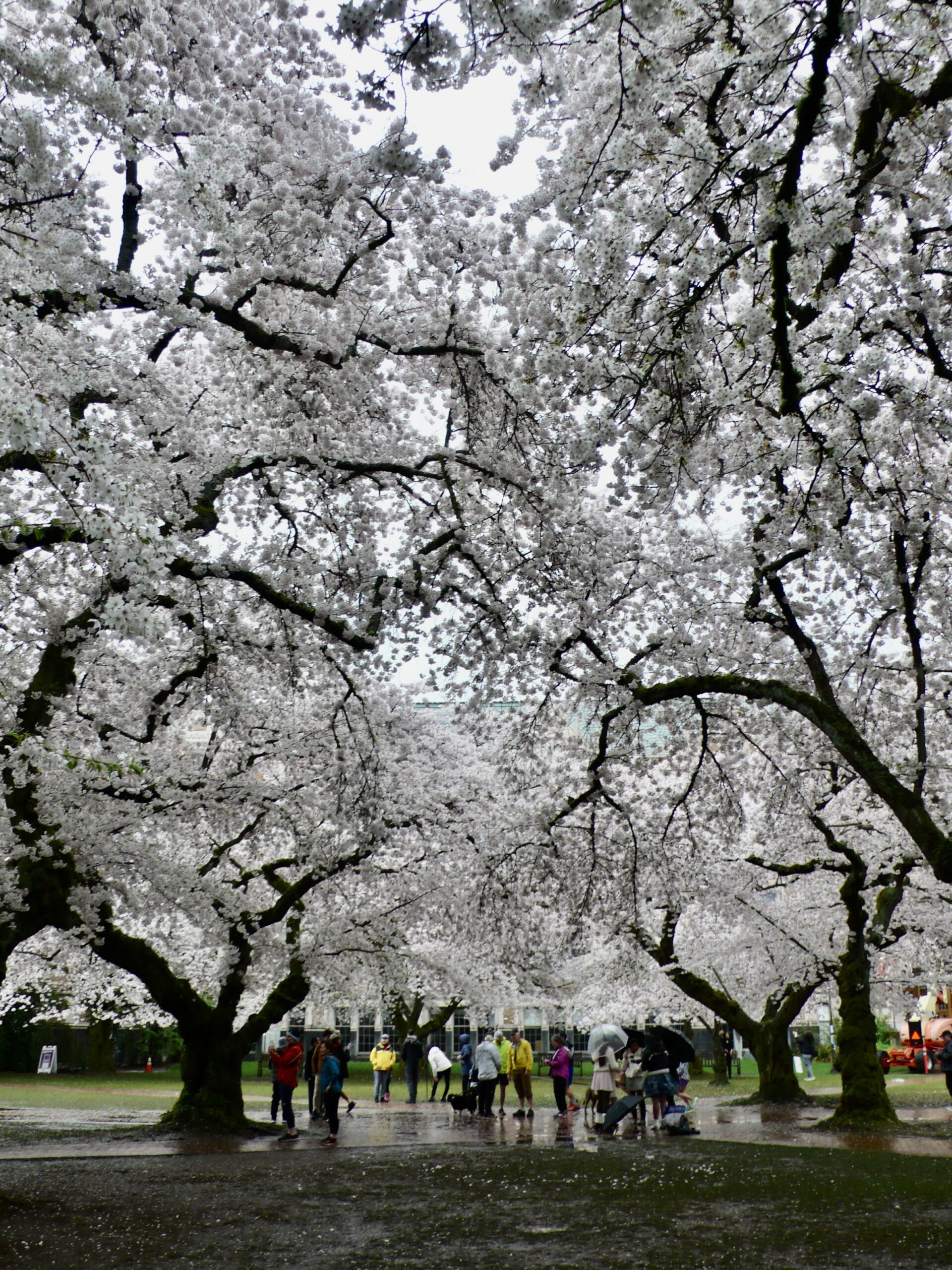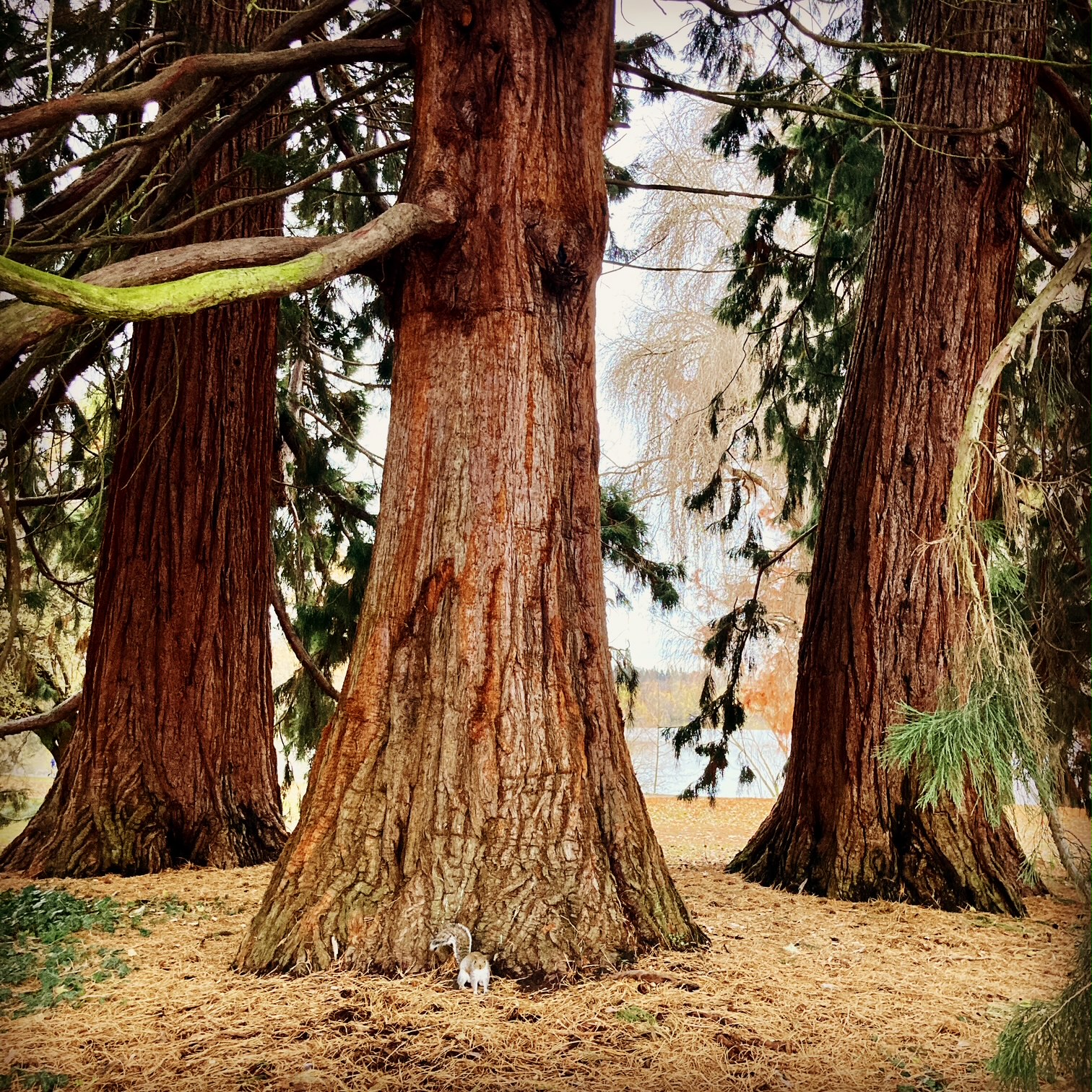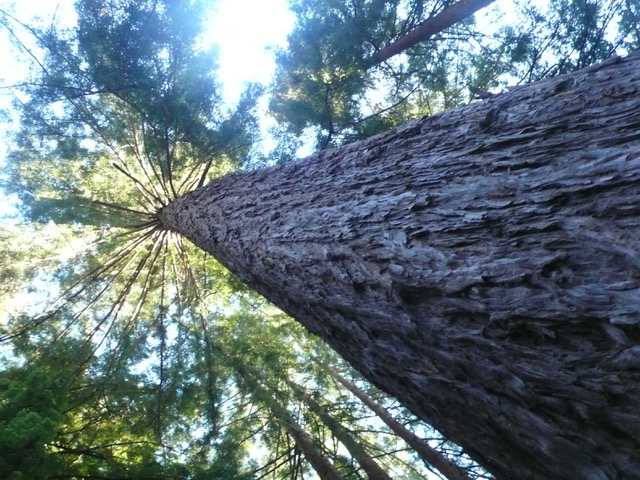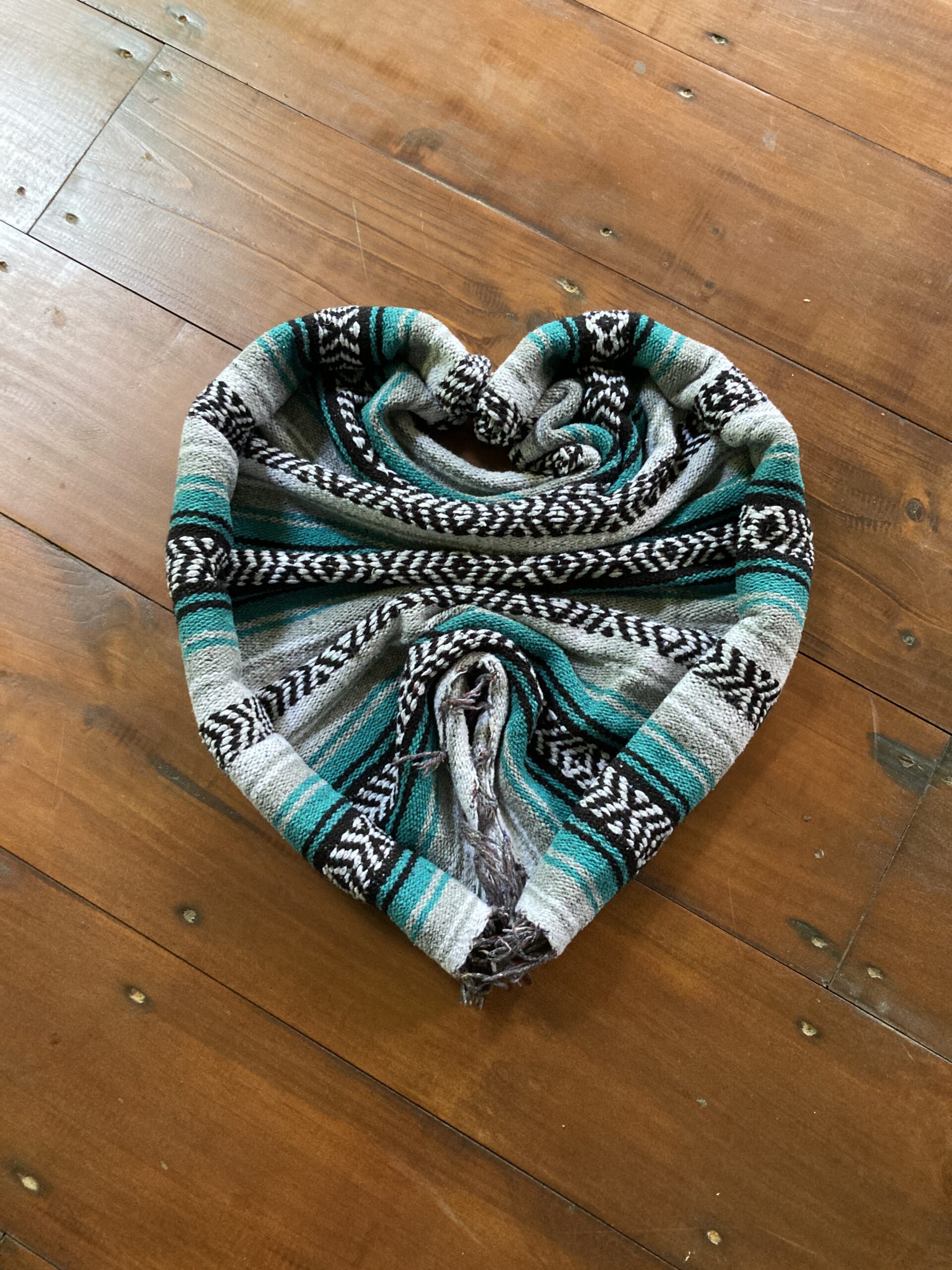E·phem·er·al
adjective
lasting for a very short time
Yes, cherry blossoms are ephemeral. And that is their magic. For just a such a short time, you can enjoy and admire their beauty. Every year, the ornamental cherry trees burst into blossoms and most everyone stops to take notice.

At the University of Washington, there are 31 ornamental cherry trees in full bloom in the quad area. The Quad’s signature Yoshino flowering cherry trees are nearly 90 years old and were originally set in a grove at the Washington Park Arboretum. In late 1964, the University transplanted the trees to their current spot, bringing thousands of visitors to campus each spring to admire the blooming trees. Yoshino cherry trees can live anywhere from 80 to 100 years. So according to this information, they will need to be replaced within 10 years from now.

I learned to really appreciate ornamental cherry blossoms while I lived in Japan. In Japanese culture, cherry blossoms, known as sakura, represent the cycle of life, death, and rebirth. The cherry trees at the UW campus are a symbol of friendship and academic ties:
“The cherry trees on our campus will remind us of the long history of Japanese and Japanese American students at the University of Washington since 1894, and the enduring friendship and academic ties with Japan and UW.”
When we lived in Japan, Rick and I would head over to Ueno Park in Tokyo every spring to witness and marvel at the cherry blossoms. Delcia had asked me how many Yoshino cherry trees are in Ueno Park. I didn’t know the exact number, but I knew there were many. I found out later there are over 1000 flowering cherry trees in Ueno Park. If you have never experienced it, picnicking under a cherry tree is something you must do one day!
-
The first cherry trees in today’s Ueno Park were planted by Tokugawa Ieyasu, the legendary shogun whose reign began the Edo Period (1603-1868). Main Street, about half a kilometer long, runs from the main entrance of Ueno Park past most of the museums and the zoo.
-
Main Street, about half a kilometer long, runs from the main entrance of Ueno Park past most of the museums and the zoo. It also hosts more than half of the park’s 1,000-plus cherry trees. During cherry blossom viewing season, Main Street is packed with nearly two million people coming to bask in the beauty of the sakura.
-
Hanami parties continue well after dark. As the sun sets, lanterns along the pathways illuminate the cherry blossoms. This spectacular nighttime view of Ueno Park’s sakura draws lively crowds late into the night.

Here are the lyrics and translation to the famous Japanese Sakura (Cherry Blossom) song:
Lyrics:sakura sakurayayoi no sora wami-watasu kagirikasumi ka kumo kanioi zo izuruizaya izayamini yukan
Translation:Cherry blossoms, cherry blossoms,Across the spring sky,As far as the eye can see.Is it mist, or clouds?Fragrant in the air.Come now, come now,Let’s go and see them!
![]()
![]()

After viewing the cherry blossoms at the University of Washington campus, we drove over to view the line of cherry trees in full bloom at 21st and Prospect in Seattle’s Capital Hill neighborhood. Sean’s dad told me that the street used to be lined with large hawthorns. Unfortunately, the hawthorns had to be cut down because they were diseased, old, and dying. They were replaced by cherry trees! In recent times, this residential street has become very popular with admirers driving over to take in the spring splendor.

![]()
![]()

![]()
![]()










Beautiful, Fran! I love the structure of the first one; even in black and white it would be just as beautiful!
Thank you, Rene. Coming from the eyes of a great photographer (you), I am so happy to get this feedback from you! Namaste, Fran
I was just at the block near Sunset Hill Park, my favorite for cherry trees each year! What a magical time! I hope I have time to catch the Capitol Hill ones… I don’t think I’ve seen those!
Nice pics!
Thank you, Bob!!!
Lovely photos Fran. I didn’t get to go in person this year, so thank you for transporting me!
So happy you got to see the flowers in these photos, rain drops and all! The rain certainly added to the atmosphere!
Love it 🌸
I love this time of year!!!